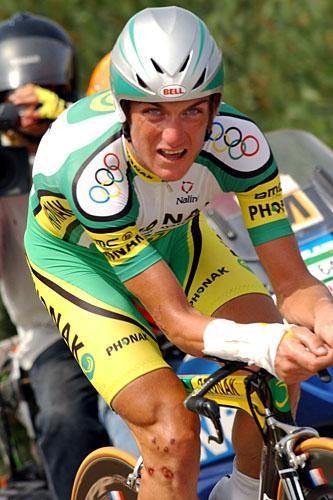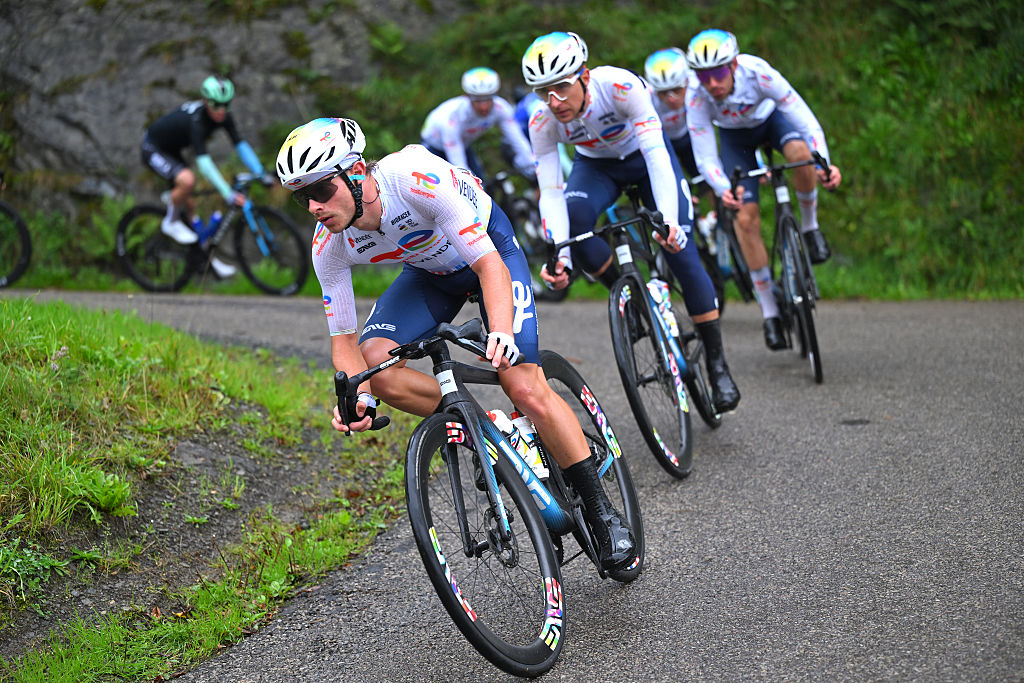Wire in the blood: Hamilton's last hope
As the riders in the European peloton turn their focus away from racing and think about their winter...

As the riders in the European peloton turn their focus away from racing and think about their winter vacations, fired Phonak rider Tyler Hamilton will be eagerly awaiting the outcome of his September appeal to the Court of Arbitration for Sport in Lausanne, Switzerland. If his guilty verdict and subsequent two-year suspension are to be overturned, the sporting world's highest - and final - authority is his last hope.
Anthony Tan spoke to two of the sport's foremost scientific and medical experts to examine the factors that will determine Hamilton's chances in the final hearing at the Court of Arbitration for Sport, now scheduled for January 10, 2006 in Denver, Colorado. Part I below examines the factors in play leading up to the Athens Games, where evidence of blood doping was first found.
Tyler Hamilton was first publicly accused of blood doping during the 2004 Vuelta a España, where it was revealed he failed 'A sample' tests for homologous blood transfusion (mixed cell population) at the Athens Olympics and on September 13 at the Vuelta. However, leaked evidence now reveals suspicions of blood doping dating as far back as April 25, 2004, the day of Liège-Bastogne-Liège. So that is where we will begin.
The day before Hamilton was set to defend his crown at Liège, Hamilton's 'off-score' [see seperate story: 'Anti-doping measures get tougher'] measured 123.8. Normal values should be somewhere between 85 and 95, with the cut-off at 133. The then 33 year-old finished a credible ninth in the race, 12 seconds behind Italy's Davide Rebellin. On April 27, a few days later at start of the Tour de Romandie - a race where he successfully defended his title - it was up to 132.9, with a corresponding haematocrit level of 49.7 percent (the cut-off being 50).
The off-score
Also known as the Stimulation Index (SI), the off-score is now by far the most important parameter used by anti-doping authorities in the sport of cycling. Here's why.
The off-score is derived by taking into account both mean (or average) levels of haemoglobin (an oxygen-carrying protein carried in red cells, the average somewhere between 14 and 18 grams per 100 ml or g/dL) and reticulocytes (percentage of new or immature blood cells, the normal range between 0.5 and 2 percent). A simple formula that combines these two readings provides the off-score; whether you are an athlete or not, the values should be within this 85-95 range.
The latest race content, interviews, features, reviews and expert buying guides, direct to your inbox!
Robin Parisotto, principal scientist involved in the development of the EPO blood test implemented at the Sydney 2000 Games and the former manager and senior scientist at the Australian Institute of Sport's (AIS) haematology and biochemistry laboratory, said of Hamilton's test results taken at the 2004 Tour de Romandie: "The off-score of 132.9 registered by Hamilton in April 2004 represented one which had a greater than 1 in 10,000 probability that it was a chance finding."
Click here to read the rest of the story.
